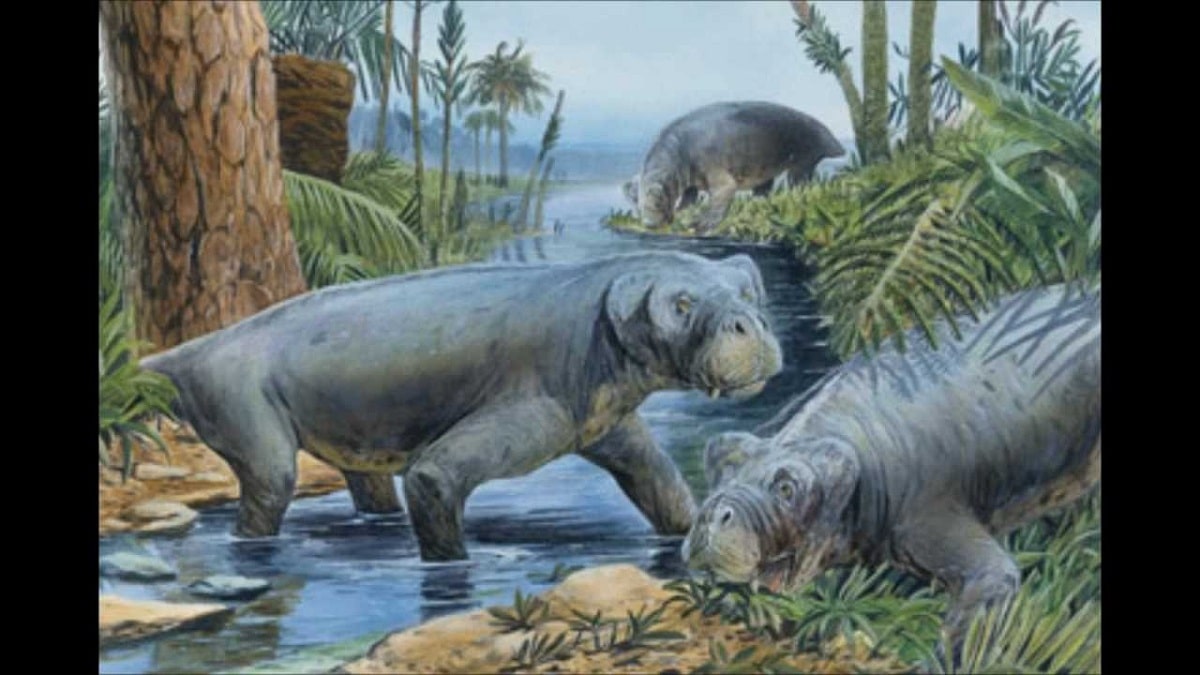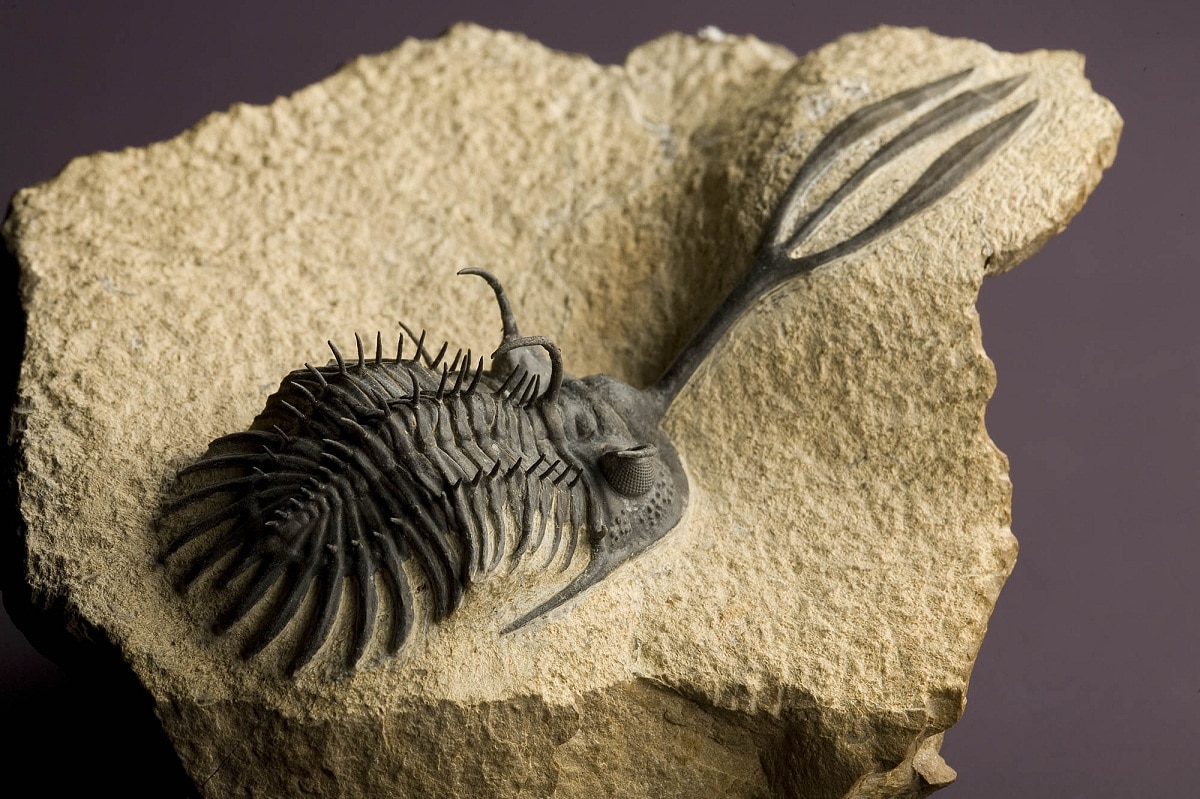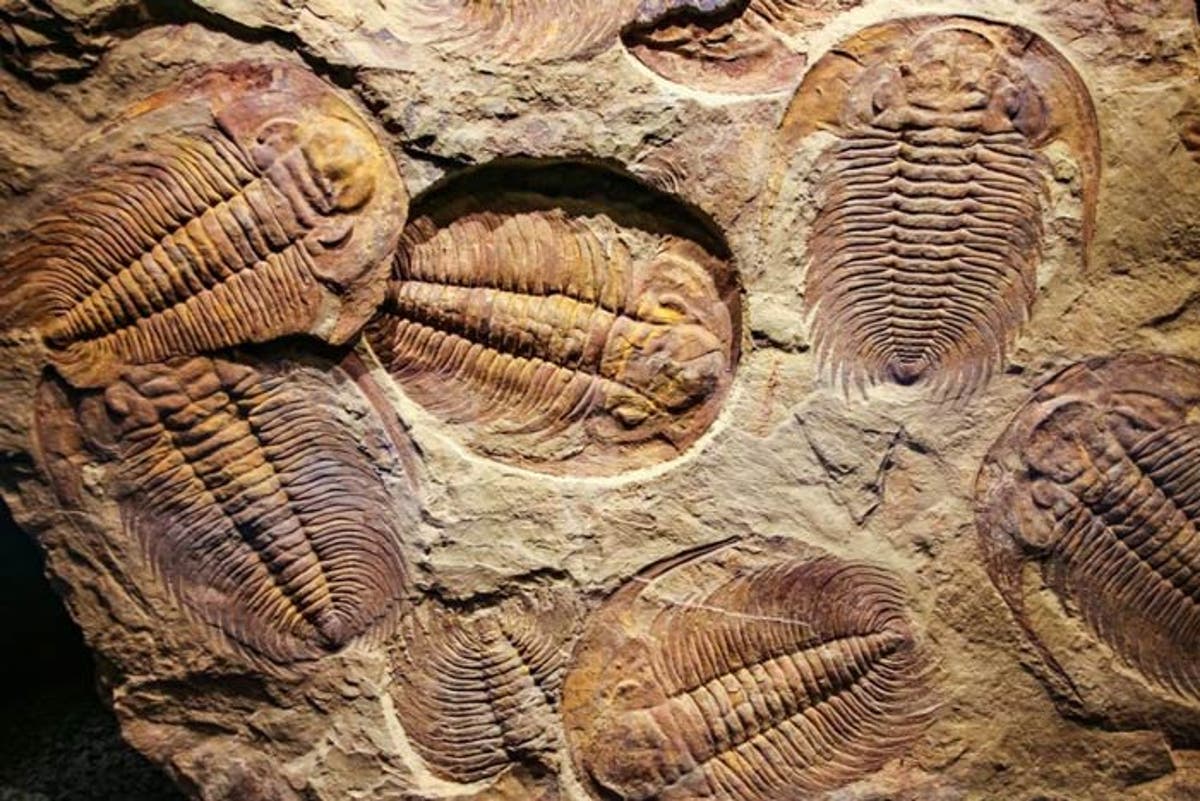
Within geological time we can differentiate different eras, eons and periods in which time is divided according to both geological, climatic and biodiversity evolution. One of the three stages into which the Phanerozoic script is divided is the Paleozoic. It is a time of transition that marks the evolution between primitive organisms to the most evolved organisms that are capable of conquering terrestrial habitats.
In this article we are going to tell you all the characteristics, geology, climate, flora and fauna of the Paleozoic.
Key features

Multicellular organisms have undergone a series of transformations that allow them to adapt to the terrestrial environment, the most important being the development of amniotic eggs. From the perspectives of geology, biology and climate, the Paleozoic is undoubtedly a period of great changes on earth. Over the period it lasted, changes occurred one after another, some of which were well documented, while others not so much.
The Paleozoic lasted approximately from 541 million years ago to approximately 252 million years. It lasted about 290 million years. In this era, the multicellular life forms of the ocean and the land have shown great diversification. It was one of the times when organisms became more diverse, increasingly specialized, and even capable of leaving marine habitats and conquering land space.
At the end of this era, a supercontinent was formed called Pangea and later split into the continent known today. Throughout the Paleozoic, the ambient temperature fluctuated greatly. For some time it stays hot and humid, while others are significantly reduced. So much so that there have been several glaciers. Similarly, at the end of this era, environmental conditions became so bad that a large-scale extinction event occurred, called a mass extinction, in which about 95% of the species that inhabited the earth disappeared.
Paleozoic Geology

From a geological point of view, the Paleozoic has changed a lot. The first major geological event during this period was the separation of the supercontinent known as Pangea 1. Pangea 1 is divided into several continents, giving it the appearance of an island surrounded by shallow seas. These islands are the following: Laurentia, Gondwana and South America.
Despite this separation, over the course of thousands of years these islands grew closer together and eventually formed a new supercontinent: Pangea II. Likewise, at this time two very important geological events took place for the earth's relief: the Caledonian orogeny and the Hercynian orogeny.
During the last 300 million years of the Paleozoic, a series of geographical changes occurred due to the large tracts of land that existed at that time. In the early Paleozoic, a large amount of these lands were located near the equator. Laurentia, the Baltic Sea and Siberia converge in the tropics. Subsequently, Laurentia began to move north.
Around the Silurian period, the continent known as the Baltic Sea joined Laurentia. The continent formed here is called Laurasia. Eventually, the supercontinent that later originated in Africa and South America collided with Laurasia, forming a land called Pangea.
Climate
There are not many reliable records of what the early Paleozoic climate must be like. However, experts believe that due to the vast ocean, the climate must be temperate and oceanic. The Lower Paleozoic Era ended with the Ice Age, the temperature dropped, and a large number of species died. Later it was a period of stable weather, the weather was hot and humid, and there was a lot of carbon dioxide available in the atmosphere.
As plants settle in terrestrial habitats, oxygen in the atmosphere increases, while carbon dioxide decreases. As the era progressed, weather conditions are changing. At the end of the Permian, climatic conditions made life almost unsustainable. Although the reasons for these changes are not yet known (there are several hypotheses), what is known is that environmental conditions have changed and the temperature has increased a few degrees, which has warmed the atmosphere.
Paleozoic Biodiversity

Flora
In the Paleozoic, the first plants or plant-like organisms were algae and fungi, which developed in aquatic habitats. Later, in the next stage of subdivision of the period, it is evident that the first green plants began to appear, due to their chlorophyll content, which started the photosynthesis process, which is mainly responsible for the oxygen content in the Earth's atmosphere. These plants are very primitive and do not have conductive containers, so they must be located in places with high humidity.
Later the first vascular plants appeared. These plants contain conductive blood vessels (xylem and phloem) that absorb nutrients and circulate water through the roots. Subsequently, the flora expanded and diversified more and more. Ferns, seeded plants and the first large trees appeared, and those belonging to the genus Archeopteryx enjoyed a great reputation because they were the first real trees to appear. The first mosses also appeared in the Paleozoic Era.
This enormous plant diversity lasted until the end of the Permian, when the so-called "great death" occurred, when almost all the plant species that inhabited the earth were extinct.
Fauna
For fauna, the Paleozoic era is also a changing period, because in the six subdivisions that make up this era, fauna is diversifying and transforming, from small creatures to large reptiles, beginning to dominate the terrestrial ecosystem.
In the early Paleozoic, the first animals observed were the so-called trilobites, some vertebrates, mollusks, and chordates. There are also sponges and brachiopods. Later, animal groups became more diverse. For example, cephalopods with shells, bivalves (animals with two shells) and corals have appeared. Also, at this time, the first representatives of the Echinoderm phylum appeared.
During the Silurian period, the first fish appeared. Representatives of this group are jaw fish and jawless fish. Likewise, specimens belonging to the group of myriapods appeared.
I hope that with this information you can learn more about the Paleozoic and its characteristics.